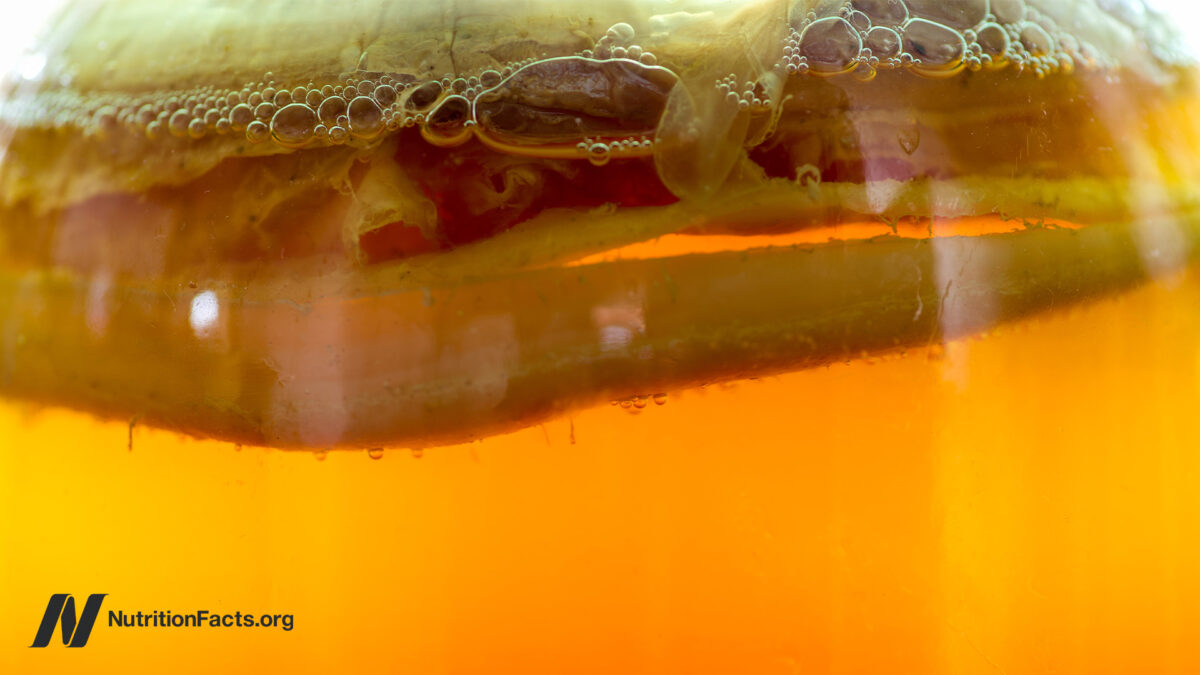Is Your Tea Dead?
On a regular day I’ll reach for coffee, but when life sucks, tea is the shoulder I cry on. When I’m sick, or cold, or when I’ve already had a fire truck’s-worth of coffee, I’ll switch on the kettle...

On a regular day I’ll reach for coffee, but when life sucks, tea is the shoulder I cry on. When I’m sick, or cold, or when I’ve already had a fire truck’s-worth of coffee, I’ll switch on the kettle and prepare a soothing cup of tea. The problem with now-and-then tea culture is that the stuff doesn’t last forever. Before you know it, your tea might be a ghost of its former self, and that doesn’t taste so comforting. Luckily there are a few signs you can check on to see if your tea is still robust.
Check the color
Aside from humidity causing mold, tea is dry and doesn’t necessarily “go bad.” However, over time (six months to a year, depending on the variety), tea will lose a lot of flavor and the health benefits it’s touted for having. According to Dona tea company, before you start steeping, observe the color of your tea leaves. Tea is made of plant matter and it should be colorful, especially if it’s an herbal tea with flowers and spices. Tea that has already passed its prime will have dull, lackluster hues.
Sniff it
Let’s say you’re using bagged tea and you can’t easily observe the leaves. Give it a good whiff: You should get something here. Even teas that have lost some of their former vibrancy will still have a detectable aroma. If you find yourself nearly snorting the bag and you can’t tell if it’s mint or peach, it’s time for a new batch.
Witness the steep
Even if you started steeping your tea before you sniffed the bag, it’s not too late. Once the tea hits the hot water, it should give off further aroma and, depending on the tea, imbue the water with color. An English breakfast tea that’s been steeping for five minutes should be fragrant and dark. Anything else, and you may be in for a drink about as dull as the English can get.
Store your tea for longevity
Help your tea maintain its oomph for longer by storing it well. Tea leaves are vulnerable to light, humidity, and odors. For boxed tea, keep the bags in the original packaging. Most tea manufacturers include a surrounding bag and box to keep out those three elements, whether it’s individual, impermeable packets, or one greater wax-coated bag inside of an opaque box, like Celestial Seasonings uses. Loose teas are often stored in metal containers. Not only do these look snazzy, but canisters can be airtight and completely block out light, humidity, and off-odors. Won’t trade your Sweet Tangerine Positive Energy Yogi boxed tea bags for any of this tin-can, loose-leaf mumbo-jumbo? You can have the best of both worlds. Lots of things come in tin canisters, so repurpose an old one or buy a tea canister for under five bucks. Load up your bagged tea in the canister and seal it up to help extend your tea’s life.
G/O Media may get a commission

 Astrong
Astrong 
































